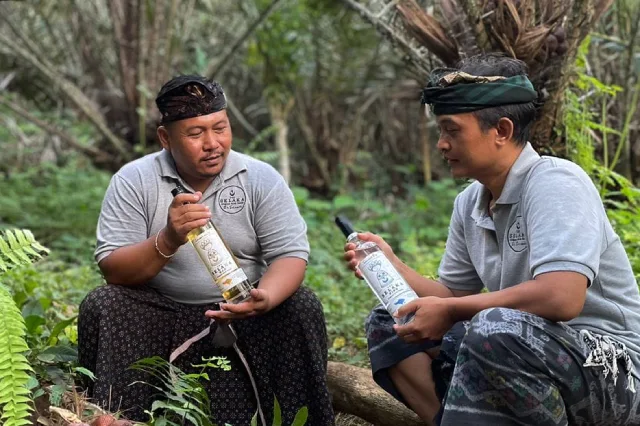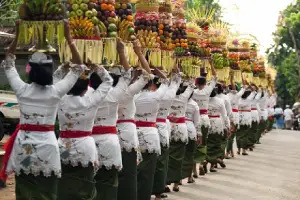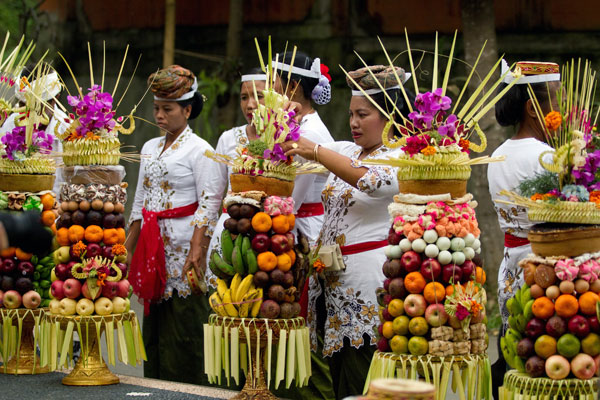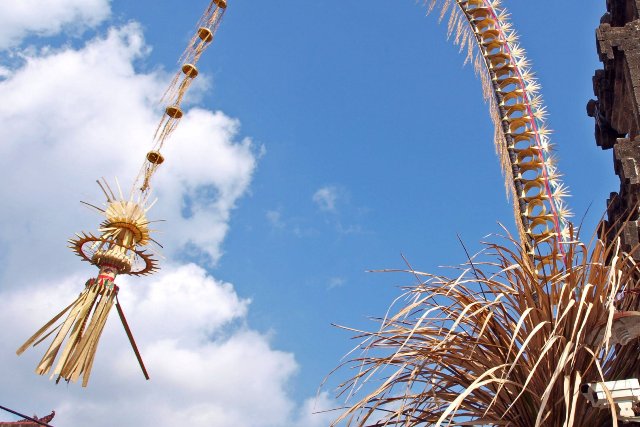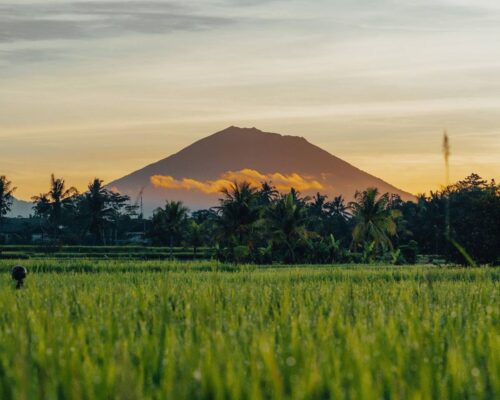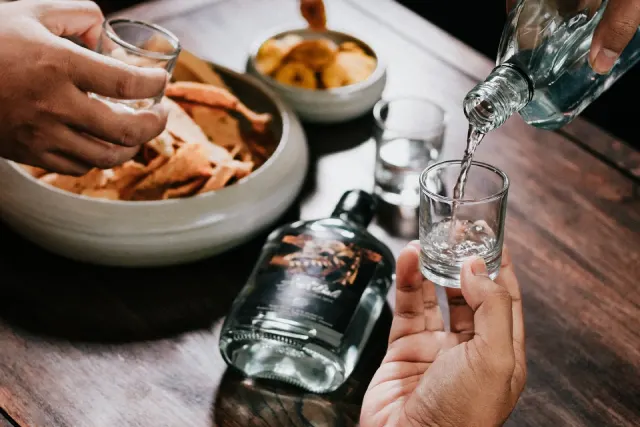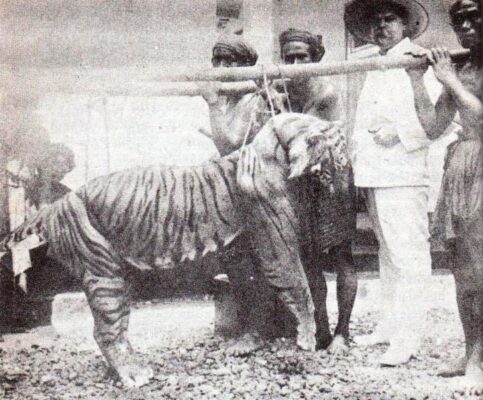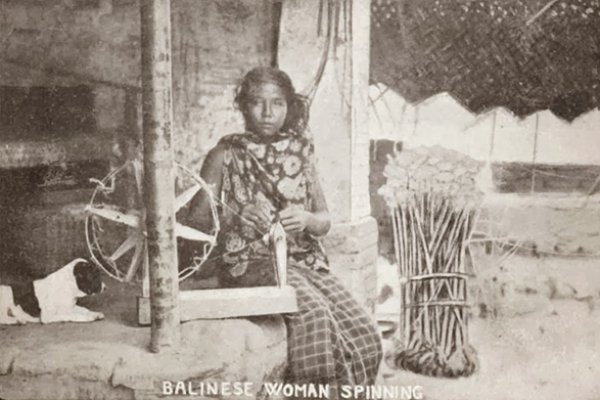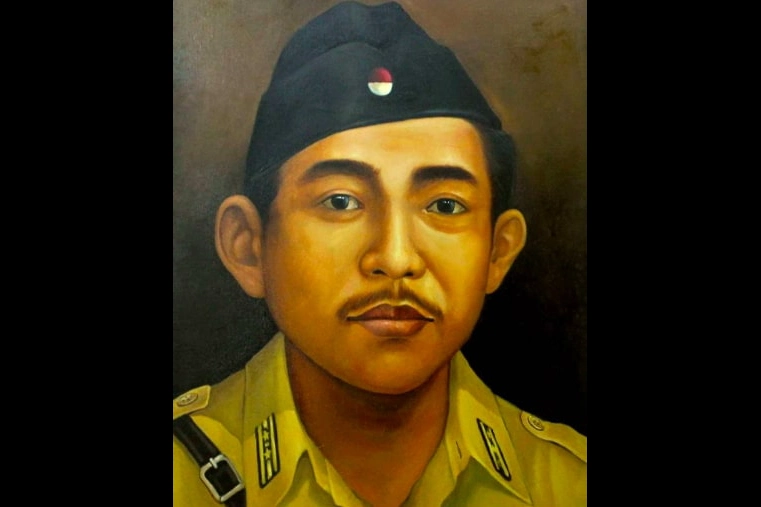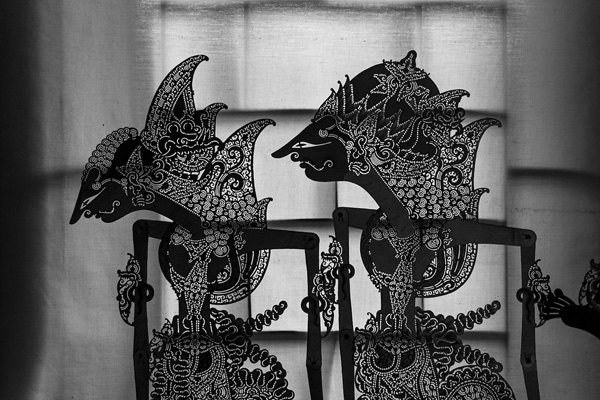Things to Do in Bali
Subak – a UNESCO World Heritage
This irrigation system, which dates back to the 9th century but is still in use today, can be found in the agricultural areas of Bali and stretches through terraced rice fields and even connects the fields to nearby temples. Temple priests who practice Tri Hita Karana, a philosophy that seeks to bring harmony to the spiritual, human, and natural worlds, keep an eye on water management.
The Bali Subak system is an ancient and intricate irrigation system that plays a pivotal role in Balinese agriculture and cultural heritage. This UNESCO-recognized agricultural system is not only crucial for sustaining the island’s agriculture but also holds deep religious significance and reflects the profound interconnectedness of the Balinese people with their environment.
Religious Significance: The Subak system is deeply entwined with Balinese Hinduism, and its management is overseen by water temples, which are considered sacred sites. These water temples are essential for maintaining harmony between humans, nature, and the spiritual world. Balinese farmers believe that water is a gift from the gods, and the water temples act as mediators, ensuring proper distribution of water and coordinating planting and harvesting schedules.
Complexity and Functioning: The Subak system is intricate, involving a complex network of canals, tunnels, weirs, and terraced rice fields. The water is sourced from rivers or springs and channeled through a series of canals to reach the rice paddies. A unique and democratic water-sharing system, called “Subak Sanggah,” is employed, ensuring fair water distribution to all farmers within a specific Subak community.
The system relies on precise timing and coordination to control water flow. Water temple priests, known as “Pemangku,” carry out rituals and offerings to appease the gods and seek their blessings for a bountiful harvest. The priests also interpret natural signs, such as the behavior of birds or the movement of stars, to determine the appropriate time for planting and harvesting.
Importance for the Balinese People: The Subak system is not only an agricultural technique but also a way of life and an essential part of Balinese identity. The system fosters a strong sense of community and collective responsibility among farmers. It promotes cooperation and harmony among neighboring villages, reinforcing the Balinese people’s interconnectedness with nature and each other.
Temples Associated with the Subak System:
-
Pura Taman Ayun: Located in Mengwi, Pura Taman Ayun is considered one of the most important water temples. It was built in the 17th century and served as the royal family’s temple, reflecting its historical significance and cultural importance.
-
Pura Ulun Danu Batur: Situated on the shores of Lake Batur, Pura Ulun Danu Batur is a significant water temple in the Kintamani region. It is dedicated to the goddess Dewi Danu, who is the protector of lakes and rivers. The temple plays a vital role in managing the water supply for the surrounding rice terraces.
-
Pura Ulun Danu Bratan: Located on the shores of Lake Bratan in Bedugul, this iconic water temple is a popular tourist attraction. It is dedicated to Dewi Danu and is known for its picturesque setting amidst the serene lake and lush surroundings.
The Subak system’s preservation and maintenance reflect the Balinese people’s commitment to their cultural heritage and sustainable agricultural practices. It stands as a testament to the island’s harmonious relationship with nature and its deep-rooted religious beliefs, making it a unique and vital aspect of Bali’s cultural landscape.
Subak – the lifeline for Bali’s Rice Farmers
Almost no food across Indonesia is served without rice. It is also considered a divine gift from the Goddess of Rice & Fertility, Ida Bhatari Sri. Every Wednesday that falls on the twenty-eighth week of Balinese calendar is a special devotion day for Dewi Sri. Apart from the dense of urban population and the splendor of touristic areas in South of Bali, Balinese is considered as one of the most productive rice growers in the country.
Maintaining the Subak water irrigation system
The cascading formation of rice terraces is one of the keys to cultivate rice fields in high-steep area like slopes of mountains. Each plot of rice field (sawah in Indonesian) is irrigated and contained, flowing onto the next in a rhythmic pattern of water gliding across bamboo sleeves. Every farmer usually owns one or more sawah and must join a Subak community, an agricultural society that controls the distribution of irrigation water to its members.
Subak ensures the smaller farm workers water continues to flow, guarding irrigation channels against trespassers, repairing any damages in the dikes, and plan feasts on important occasions, like the completion of a harvest. Given how hard it is to get water to flow from the water temples, Subak associations are important to the Balinese people’s prosperity.
The headwaters in the island’s irrigations system are lake temples dedicated to the goddess of the water, Ida Bethari Danu (Pura Ulun Danu Bratan and Pura Ulun Danu Batur). The Balinese believe that water is also a divine gift, and so before the fields are planted, offerings are made to gain the goodwill of deities who provide water and favorable conditions for a successful harvest. Everything that will be carried out in the fields are overseen by the temple priests, such as when to start planting the seeds, harvesting, and the schedule for water allocation.

















